About Ko Lanta
The real name being Mu Ko Lanta National Park, the park was established as a marine park in 1990, situated in the southern part of Krabi Province. The park consists of several islands covering an area of 134 km².
The biggest islands in the park are Ko Lanta Noi and Ko Lanta Yai. "Mu" in thai means a group/group of, "Mu Ko" means group of islands. There is more to see on some of the other smaller islands than on the main island.
There are 16 major islands in the park, of which the biggest is at Ko Lanta Yai (only the southern tip of the park is part of the national park). While nearly 20 km² of the national park is rainforest, Ngu, Mai Ngam and Mai Ngam Tai islands are covered with mangrove forest. Parts of Ngai Island (Ko Ngai) is covered with beach forest.
The national park is home to nomadic sea gypsies called Chao Le. They are well known for their traditions of setting boats adrift during the full moon in June and November, according to Chao Le belief to drive out evil and bring good luck.
Wildlife
There are currently around 130 bird species reported from Ko Lan National Park. Much of the common birds of the area can be found on the islands.
Also known as flying lemurs, Sunda colugos are seen relatively often in Ko Lanta National Park. This of course doesn’t mean that sighting is easy, but with some effort they can be found. The Dugong population in Thailand is declining rapidly, they are seen in the cost of Ko Lanta from time to time. Some other common mammals are; dusky leaf monkeys, crab-eating macaques, Sunda slow lorises and wild boars.
Visiting
The main attractions in the park are many white beaches, trails, islands, coral reefs, viewpoints and some very impressive caves. Ko Talabeng has some limestone karsts and sea level caves that can be explored by kayaking.
The smaller islands are popular diving sites for both snorkelers and scuba divers. It is possible to see some of the exciting tropical marine life of the Andaman Sea in the coral reefs around the islands.
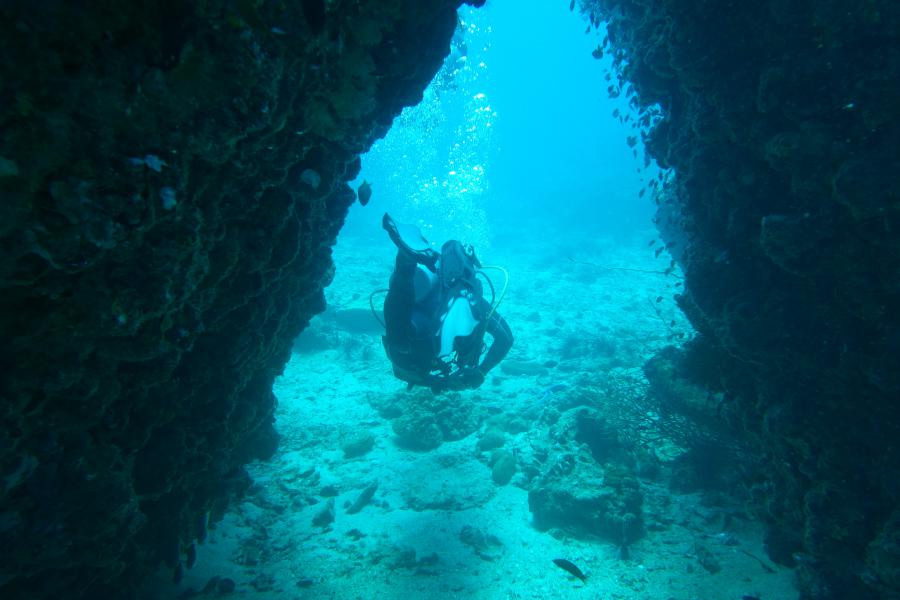
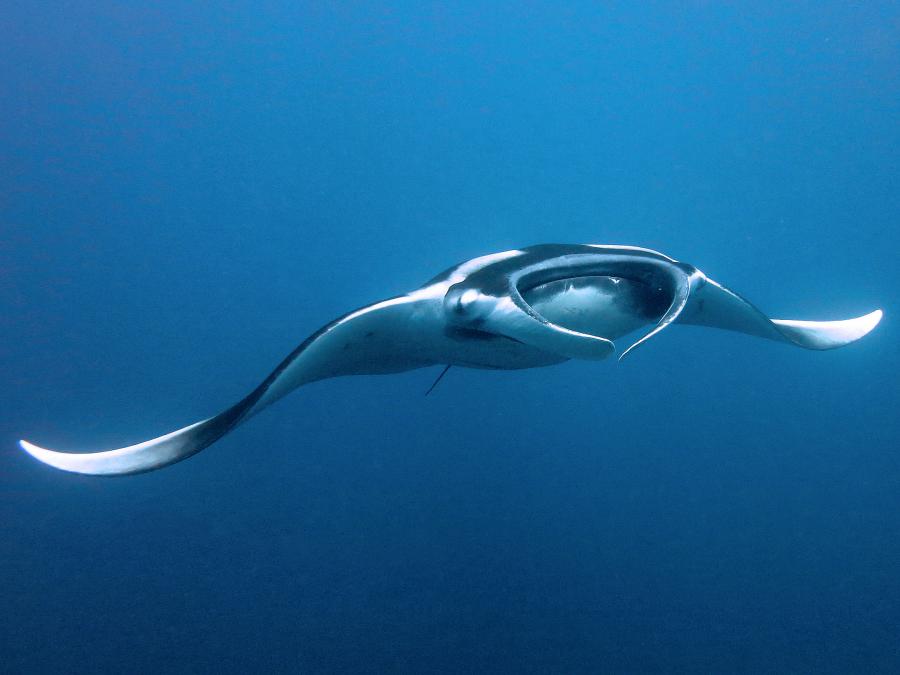
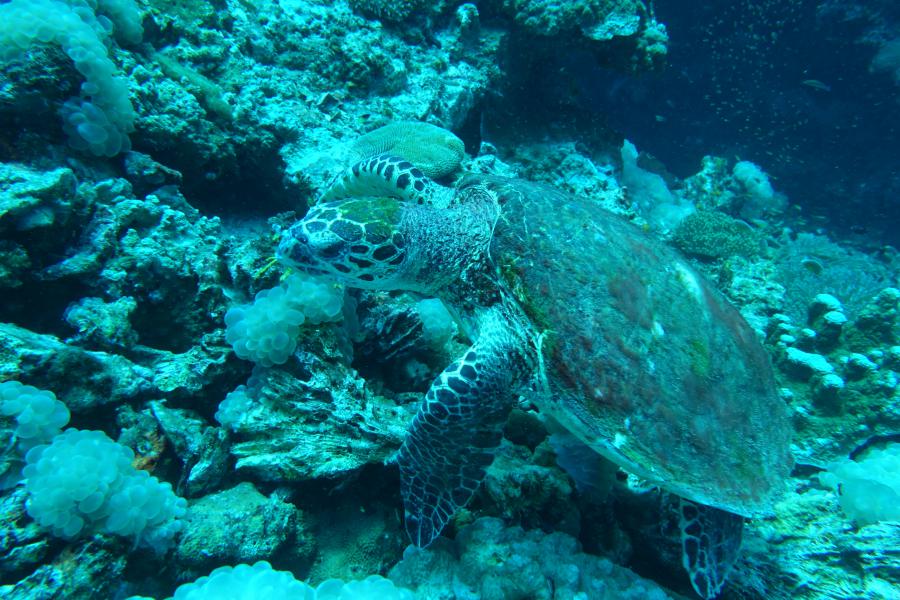
While Ta Nod Beach and the park's main visitor center can easily be reached by car or motorcycle, the other islands can be reached by various types of boats via private arrangements. Hotel staff or agencies all over the island can help with bookings.
Entrance fees & opening times
As of June 2022, the entrance fees are 200 Baht for adults and 100 Baht for children 3-14 years old. Thai citizens pay 40 Baht for adults and 20 Baht for children. Cars will be charged 30 Baht and motorcycles 20 Baht. Park opening times are 8.30 am to 5.30 pm daily. For visitor safety and marine life recovery reasons, most of the smaller islands are closed for visitors in the rainy seasons from 16th May until 14th October every year.
Stay & eat
There are a few park accommodations for rent at the visitor center area of the park. These have 2 rooms for 4 persons and cost 1,500 Baht per night.
The accommodations can only be booked through the DNP website in advance. As the money transfer must be done within 2 days and the fact that it takes a longer time with transfer from abroad, it is only possible to book from within Thailand. Payments can be done at 7-Eleven convenience stores or banks. Camping
Camping
There are two camping areas in Ko Lanta National Park, one at Laem Tanod (headquarters area), the other one in Ko Rok. At both sites, tents and accessories are available for rent. Tents can only be arranged on spot, can’t be booked in advance.
At Laem Tanod, tents and accessories for 2 people cost 300 Baht per night.
There is also a campsite at Ko Rok but special permission is needed from headquarters to stay there, permission can be obtained by calling the headquarters. Tents and accessories for 3 people cost 510 Baht per night.
Eat
There is a restaurant next to the park visitor center and another restaurant in Ko Rok Nai (Rok Nai Island).
Phone(s)
You are recommended to ask a Thai speaking person to call on your behalf.
- 075 656 576
Attractions of Ko Lanta
HQ Area and Ta Nod Beach
The park headquarters are located on Laem Ta Nod at the southernmost end of Ko Lanta Yai Island, easily accessible from the road along the west coast. The headquarters area has a visitor center, a few park accommodations, a campsite and a restaurant with very few choices of meal.
Tha Nod Beach is a 300 meters long beach with shallow and turquoise waters. There is a lighthouse at the west end of Ta Nod Beach.
There is a nearly 1.7 km long circular trail called “Nature Trail” starting from the visitor center area and ending at the main road. It is a moderate walk.
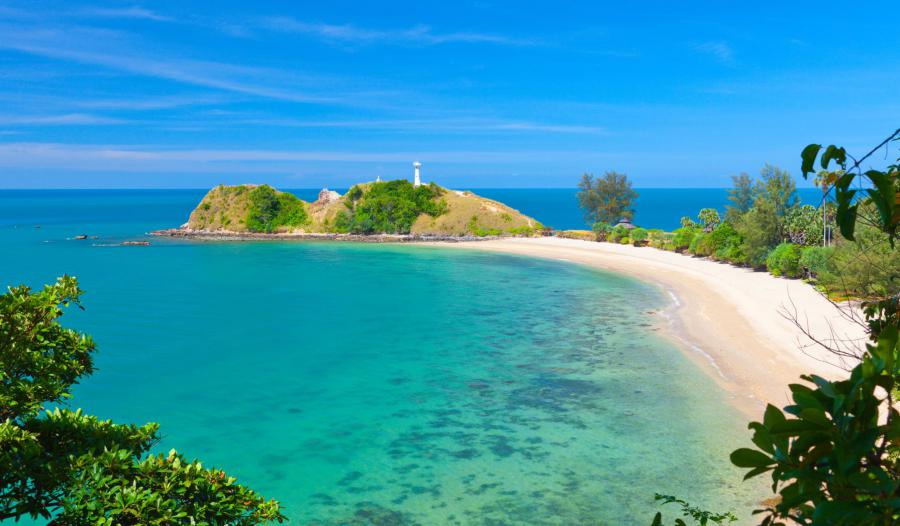
Caves and waterfalls
There are 3 accessible caves at Ko Lanta Yai. Flashlights needed to see around in the caves. Visitors must be accompanied by guides to get into the caves.
Tham Khao Mai Kaew
This huge and impressive cave is located north of the national park area in Ko Lanta Yai, accessible by a very difficult jungle trail starting from the cross-island road 4245 that links east and west coastal roads. You must be accompanied by a guide and you will need some basic climbing skills to get there.
Once arriving at the very narrow opening to the cave and start orienting through, people realise that climbing to the cave was the easiest bit. Moving around inside the cave requires occasionally crawling on the floor.
From our own experience in some caves we know it is easy to lose orientation, so, don't ever attempt to get into this type of caves without a local guide!
Ko Talabeng
Located on the east side of Ko Lanta Yai, the island consists of steep limestone karsts. There are sea level caves that can be explored by sea-kayaking. Kayaking is only possible through tour operators.
Tham Seua
Located just south of Khlong Nin, this cave is accessible by a 30 minute hike from a clearly signed trail starting at the end of a dirt road. “Tham Seua” in Thai “Tiger caves”, according to local stories, the cave was supposedly occupied by tigers in the past.
Khlong Chak Cave
This bat cave is near the Khlong Chak Waterfall, accessible by an easy trail.
Khlong Chak Waterfall
A small waterfall accessible by the same trail that will lead to Khlong Chak Cave. The trail crosses a smaller water stream a few times and ends at this small waterfall. During the dry season there is very little water flowing down.
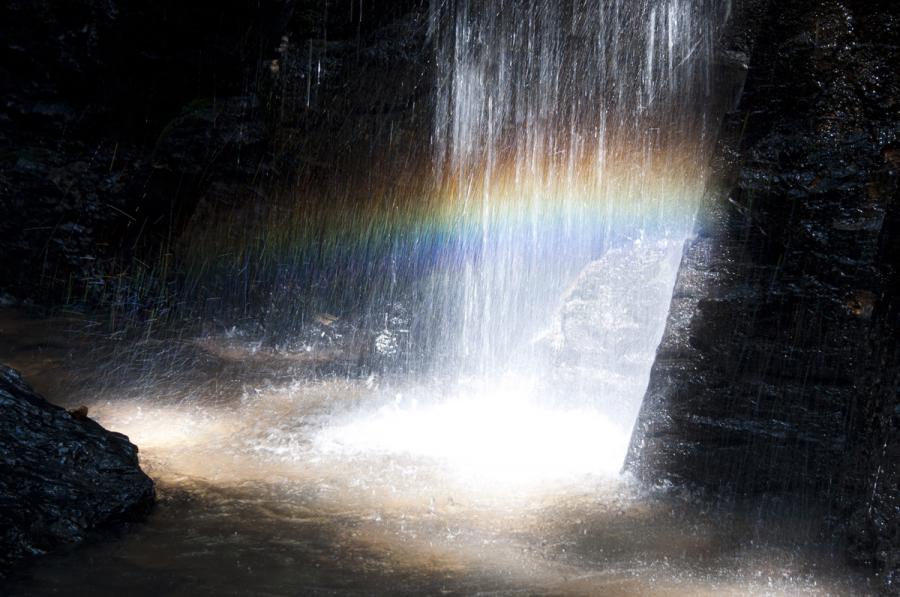
Mu Ko Rok
Mu Ko Rok is the best destination within the park for snorkelling, scuba diving and canoeing. It is twin limestone islands situated 26 km south from Ko Lanta Yai and around 20-23 km southwest from Ko Ngai and Ko Kradan islands.
The islands are Ko Rok Nai and Ko Rok Nok, only 250 meters apart, both with clear water, coral reefs, one of the best snorkelling destinations in Thailand. The channel between the islands are covered with soft and hard coral, many people seen swimming or canoeing across both islands.
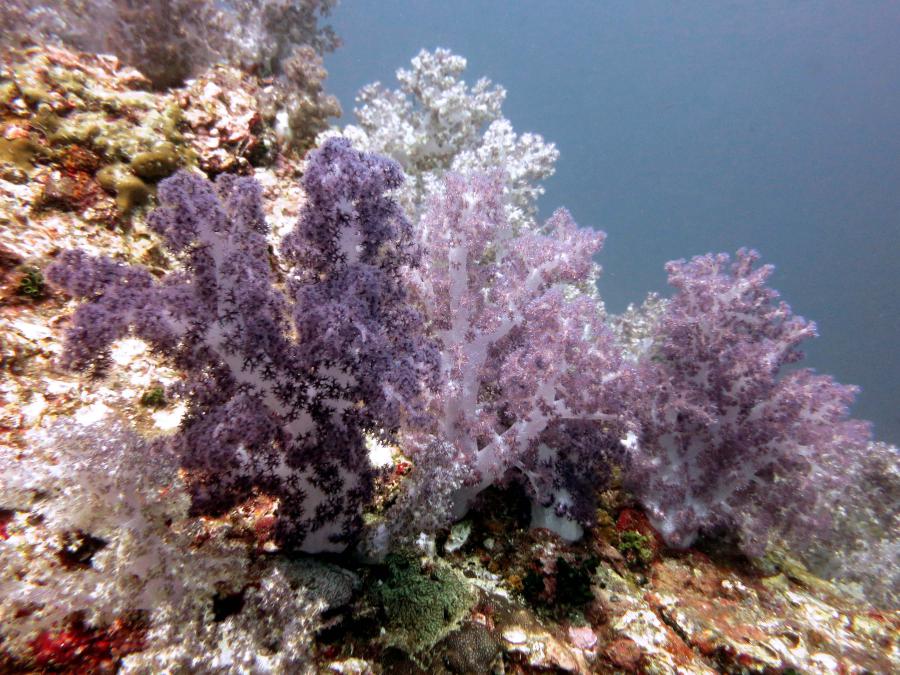
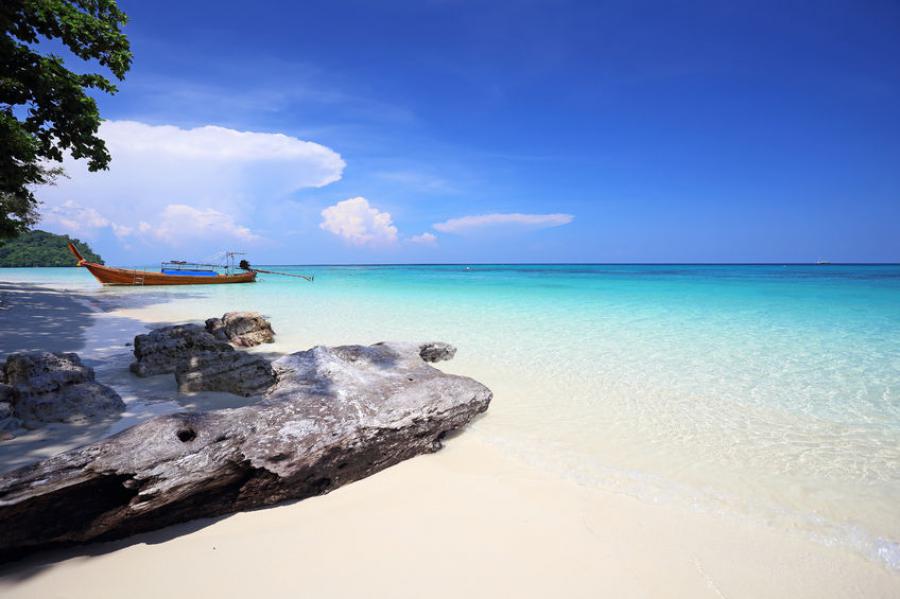
The coral reef in shallow water south and southeast consists of staghorn, table and brain corals. Max depth is 25 meters but much of the reef is only five meters below the sea surface with 30 meters visibility, making it ideal for snorkeling. The currents are generally soft but may occasionally get strong. Although Mu Ko Rok is also affected by coral bleaching like other islands in the Andaman Sea, the coral reef is relatively healthy.
Ko Rok Nai has a ranger station, a restaurant, a campsite and an accommodation zone. Apart from the rangers, both islands are unpopulated. See above “Eat & stay” for camping.
An one way trip to Mu Ko Rok with a long-tail boat will take around 2 hours, it is not recommended. There are many tour operators offering daily group tours with speed boats from around 1,400 Baht per person, the trip would take an hour.
Special permission needed from headquarters to stay overnight at Ko Rok, the permission can easily obtained by calling the park headquarters.
The twin islands are closed from 16th May until 14th October every year.
Ko Ngai
This 4 km long and 2 km wide island is situated 11 km Southeast from Ko Lanta Yai, populated with villages and resorts. The island is popular for its beautiful beaches and snorkelling/diving. There are no roads on the island, getting around is done by foot through jungle trails connecting the beaches.